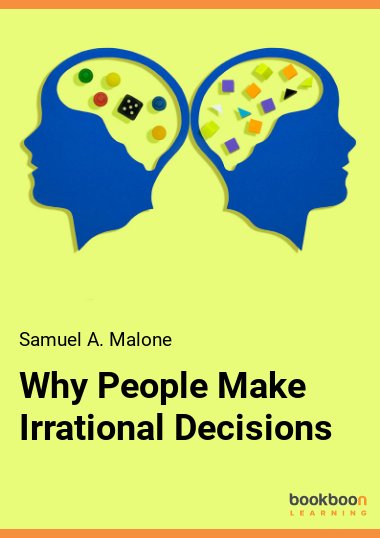One of the main reasons’ managers make irrational decisions is that they don’t follow a logical systematic process when making significant decisions and usually neglect to identify the problem clearly, generate alternatives and collect sufficient data. Generally, managers are hindered by insufficient data, limited time, and intellectual capacity. Also, they over-rely on heuristics for routine decisions. A thoughtful systematic process of decision-making will help managers counteract these problems.
About the author
Samuel A Malone is a self-employed training consultant, lecturer and author. He is the author of 21 books published in Ireland, the UK and abroad on learning, personal development, study skills and business management. Some of his books have gone into foreign translations and second editions. He has an M.Ed. with distinction (in training and development) from the University of Sheffield and is a qualified Chartered Management Accountant (ACMA), Chartered Global Management Accountant (CGMA) and a Chartered Secretary (ACIS). He is a fellow of the Irish Institute of Training and Development (FIITD).

